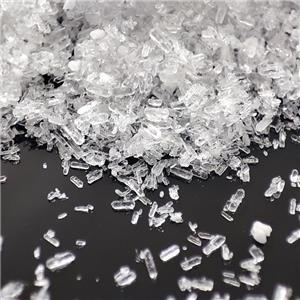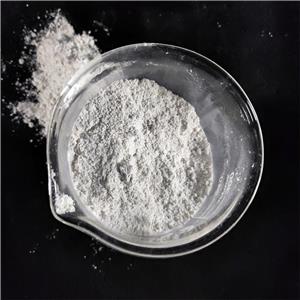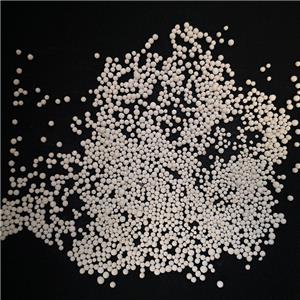The Role of Magnesium Hydroxide in Wastewater Treatment-3
5. Environmental and Economic Considerations
5.1 Environmental Benefits
The use of magnesium hydroxide in wastewater treatment offers several environmental benefits:
Reduced Chemical Footprint: Magnesium hydroxide is a naturally occurring mineral, and its use can reduce the reliance on synthetic chemicals in wastewater treatment.
Lower Sludge Volume: By improving dewatering efficiency, magnesium hydroxide can reduce the volume of sludge generated, lowering the environmental impact of sludge disposal.
Improved Water Quality: Effective removal of heavy metals and other contaminants helps to protect aquatic ecosystems and comply with environmental regulations.
5.2 Economic Benefits
From an economic perspective, magnesium hydroxide offers several advantages:
Cost Savings: The use of magnesium hydroxide can reduce the need for multiple chemicals, such as lime, caustic soda, and polymers, leading to cost savings in chemical procurement and handling.
Reduced Disposal Costs: Improved sludge dewatering reduces the volume of sludge that needs to be disposed of, lowering disposal costs.
Extended Equipment Life: The less corrosive nature of magnesium hydroxide compared to other alkalis can extend the life of wastewater treatment equipment, reducing maintenance and replacement costs.
6. Challenges and Limitations
6.1 Solubility and Reaction Rate
One of the challenges associated with magnesium hydroxide is its relatively low solubility in water. This can limit its effectiveness in some applications where rapid pH adjustment or reaction is required. However, this limitation can be mitigated by using finely ground or slurry forms of magnesium hydroxide, which increase the surface area available for reaction.
6.2 Cost Considerations
While magnesium hydroxide offers several economic benefits, its initial cost can be higher than some traditional chemicals like lime. However, the long-term cost savings associated with reduced chemical usage, lower sludge volume, and extended equipment life often outweigh the initial investment.
6.3 Regulatory Compliance
The use of magnesium hydroxide in wastewater treatment must comply with local and national regulations. In some cases, the addition of magnesium hydroxide may alter the chemical composition of the treated effluent, requiring careful monitoring to ensure compliance with discharge standards.
7. Future Trends and Research Directions
7.1 Enhanced Formulations
Research is ongoing to develop enhanced formulations of magnesium hydroxide that offer improved solubility and reactivity. For example, nano-sized magnesium hydroxide particles are being explored for their potential to provide faster and more efficient treatment.
7.2 Integration with Advanced Treatment Technologies
Magnesium hydroxide is increasingly being integrated with advanced wastewater treatment technologies, such as membrane bioreactors (MBRs) and advanced oxidation processes (AOPs). These integrations aim to enhance the overall efficiency of wastewater treatment and address emerging contaminants such as pharmaceuticals and microplastics.
7.3 Sustainable Sourcing
As the demand for magnesium hydroxide grows, there is a focus on sustainable sourcing and production methods. Efforts are being made to develop environmentally friendly extraction and processing techniques to minimize the environmental impact of magnesium hydroxide production.




